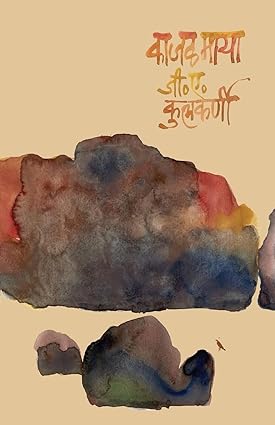

Art appreciation is a holistic understanding and evaluation of art that goes beyond more observation. It involves interpreting, understanding, and deriving meaning from artworks, allowing individuals to connect with the artist’s vision and emotions. At altBeauty, we believe that art appreciation is a transformative experience that enhances creativity, empathy, and cultural understanding.
Definition and Scope of Art Appreciation
Art appreciation encompasses a wide range of activities that deepen our understanding and enjoyment of art. It involves analyzing the elements of art such as color, form, line, texture, and space, as well as the principles of design like balance, contrast, harmony, and rhythm. However, art appreciation is not limited to visual aspects; it also includes understanding the cultural, historical, and personal contexts in which the artwork was created.

Art is a visual language that communicates ideas, emotions, and experiences through the use of various elements and principles. Understanding these fundamental aspects of art can deepen our appreciation and interpretation of artworks. Let’s explore the basic elements of art and the principles that guide their arrangement
Lines can be straight, curved, thick, thin, or jagged. They can define shapes, create patterns, and convey movement or direction.
Shapes are defined by boundaries such as lines or colors and can be geometric (like circles and squares) or organic (like clouds and leaves).
Color adds visual interest and can evoke emotions. It is made up of three properties: hue (the name of the color), value (lightness or darkness), and intensity (brightness or dullness).
Texture refers to the surface quality of an artwork. It can be smooth, rough, shiny, or matte, and adds depth and realism to art.
Form refers to the three-dimensional quality of an object, suggesting volume and depth. It is created through the use of light, shadow, and perspective.
Art appreciation is a skill that can be cultivated through practice and guidance. By learning specific techniques, you can deepen your understanding and enjoyment of artworks, enriching your experience as an art enthusiast. At altBeauty, we believe that everyone has the potential to appreciate art, regardless of their background or expertise.
Director: Vittorio De Sica
Storyline: “Bicycle Thieves” follows the story of Antonio Ricci, an unemployed man in post-World War II Rome. He finally lands a job that requires a bicycle, which is essential for his work. When his bicycle is stolen, Antonio and his young son, Bruno, embark on a desperate search across the city to find it. The film portrays the struggles of everyday life and the bond between a father and son against the backdrop of poverty and despair in post-war Italy.
Where to watch: “Bicycle Thieves” is available for streaming on various platforms like Amazon Prime Video, Criterion Channel, and Kanopy, and is also available for rental or purchase on platforms like Google Play Movies and YouTube Movies.
Director: Majid Majidi
Storyline: “Children of Heaven” is a heartwarming Iranian film that tells the story of Ali and his sister Zahra. When Ali accidentally loses Zahra’s only pair of shoes, they come up with a plan to share Ali’s sneakers without their parents knowing, as they cannot afford a new pair. The film follows their adventures and challenges as they navigate their daily lives in Tehran.
Where to watch: “Children of Heaven” is available for streaming on platforms like Amazon Prime Video and The Criterion Channel, and is also available for rental or purchase on platforms like Google Play Movies and YouTube Movies.
Director: Akira Kurosawa
Storyline: “Seven Samurai” is set in 16th-century Japan, where a village of farmers hires seven samurai to defend them against bandits who plan to raid their crops after the harvest. The film is known for its epic scale, complex characters, and masterful direction by Kurosawa.
Director: Giuseppe Tornatore
Storyline: “Cinema Paradiso” tells the story of Salvatore, a successful film director, who recalls his childhood and his friendship with Alfredo, the projectionist at the local cinema in his small Italian village. The film explores themes of nostalgia, love for cinema, and the passage of time.
Language – Marathi
“Kaajalmaya” is a collection of short stories in Marathi by G. A. Kulkarni, a prominent author and playwright. The stories touch upon various aspects of human life with humor and insight, exploring themes like love, relationships, and societal issues. Kulkarni’s storytelling is known for its rich characters and realistic depiction of everyday life, making “Kaajalmaya” a classic in Marathi literature.
Link: Buy on Amazon India

Language – English
First published in 1865, this whimsical tale follows a young girl named Alice who falls down a rabbit hole into a fantastical world filled with strange creatures and surreal adventures. The book is celebrated for its imaginative storytelling and has inspired countless adaptations in various forms of media.

Language – English
This novel, published in 1997, tells the story of a family in Kerala, India, and explores themes of love, caste, politics, and social norms. “The God of Small Things” won the Booker Prize in 1997 and brought international acclaim to Arundhati Roy for her lyrical writing style and poignant storytelling.
Link: Buy on Amazon India
